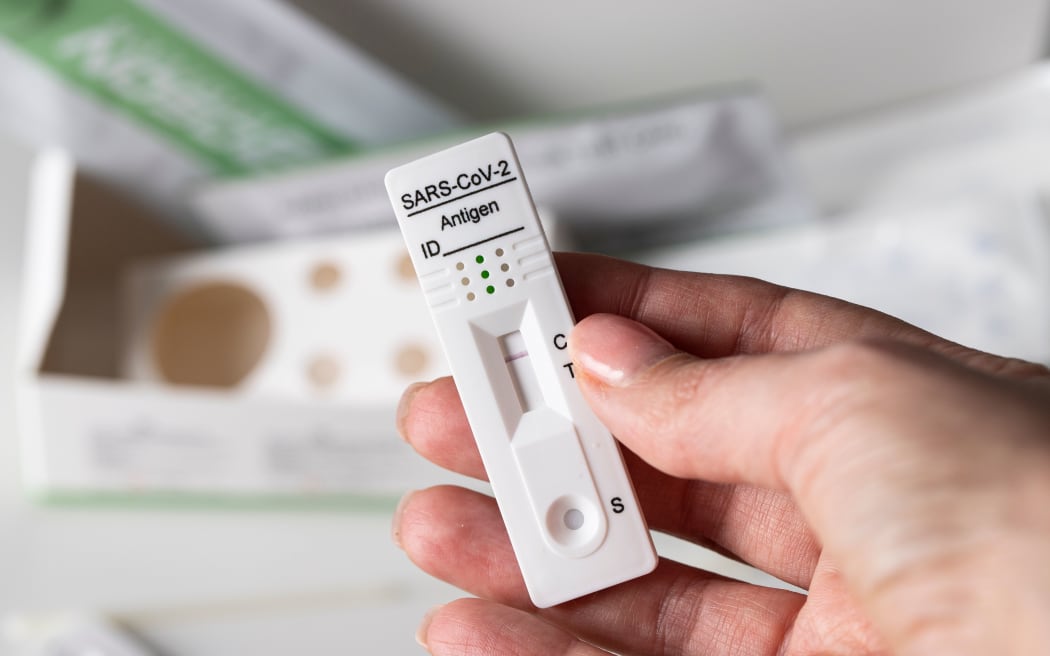COVID Cases Are Rising Across Australia: What We Know About the New Variant FLiRT

As the weather gets colder, a family of highly transmissible COVID-19 subvariants has emerged in Australia. This group, nicknamed FLiRT, is a major contributor to the rising number of cases and hospitalizations across the country.
Current COVID-19 Case Numbers in Australia
Getting a precise count of current COVID-19 cases is challenging due to decreased testing and reporting. Various sources offer different ways to view the total cases nationwide and by state.
According to the National Notifiable Diseases Surveillance System (NNDSS), 20,699 cases were reported between April 1 and April 30. This number rose to 25,423 cases by May 23, indicating an increase of 4,724 cases, with one week remaining in May.
Regarding COVID-19-related deaths, the World Health Organization (WHO) reported 63 deaths in Australia in the 28 days leading up to May 5, 2024.
State-by-State Breakdown
- New South Wales: NSW Health reports that COVID-19 cases have risen to “moderate levels,” with a significant increase among those aged 90 and older.
- Victoria: Hospitalizations are on the rise, and COVID-19 viral loads in wastewater have increased. While 97% of samples tested were of the JN.1 strain, FLiRT variants are also being detected.
- Western Australia: COVID-19 cases increased by 83% from April 29 to May 12, with 1,095 cases recorded.
Reasons for the Rise in COVID-19 Cases
Dr. Paul Griffin, an infectious disease physician at the University of Queensland, explains that the virus continues to evolve. The FLiRT mutation has led to decreased effectiveness of protection from past infections and vaccinations, facilitating increased spread and a rise in cases.
Understanding the New COVID Subvariant: FLiRT
The FLiRT subvariant, composed of subvariants KP.1 and KP.2, is a descendant of the JN.1 variant, classified by the WHO as a variant of interest in December 2023. FLiRT’s spike protein may make it more adept at evading the immune system, leading to higher infectivity.
Symptoms of the FLiRT Variant
Symptoms of the FLiRT variant are similar to those of previous variants and include:
- Fever or chills
- Cough
- Fatigue
- Muscle or body aches
- Headache
- Congestion
- Nausea
- Diarrhea
Should We Be Worried?
Dr. Griffin suggests that while there is no immediate cause for concern, it is crucial to maintain preparedness for COVID-19. This includes getting boosters as recommended, practicing good hygiene, and staying informed about new developments.
Contagion Period and Isolation Guidelines
The duration of infectiousness can vary based on factors such as previous infections, vaccination status, immune status, and the use of antivirals. Although isolation is no longer legally required, the federal Department of Health advises staying home if unwell and avoiding high-risk settings for at least seven days or until symptoms resolve.
Quick Tips for Managing COVID Symptoms
- Drink plenty of water and rest
- Soothe a sore throat with warm fluids
- Use over-the-counter medications like paracetamol or ibuprofen for pain and fever
- Ensure good air circulation and avoid smoking
Keeping Safe and Prepared
- Stay up to date with vaccinations
- Minimize spread by washing hands and wearing masks
- Get tested to confirm if symptoms are due to COVID-19
- Plan ahead for accessing antivirals if eligible
Expired COVID Tests
The Therapeutic Goods Administration (TGA) advises against using RAT tests after their expiry date.
By following these guidelines and staying informed, Australians can better navigate the challenges posed by the new FLiRT subvariant and ongoing COVID-19 risks.



